In the ever-evolving landscape of renewable energy and grid stability, Battery Energy Storage Systems (BESS) have solidified their position as a pivotal technology. Mastering the intricate interplay between their power capabilities and storage capacity is paramount to optimizing performance, enhancing resilience, and catering to the diverse demands of modern energy systems. This comprehensive guide delves deeper into the fundamentals, explores the correlation, and addresses key questions to empower decision-makers in the renewable energy sector.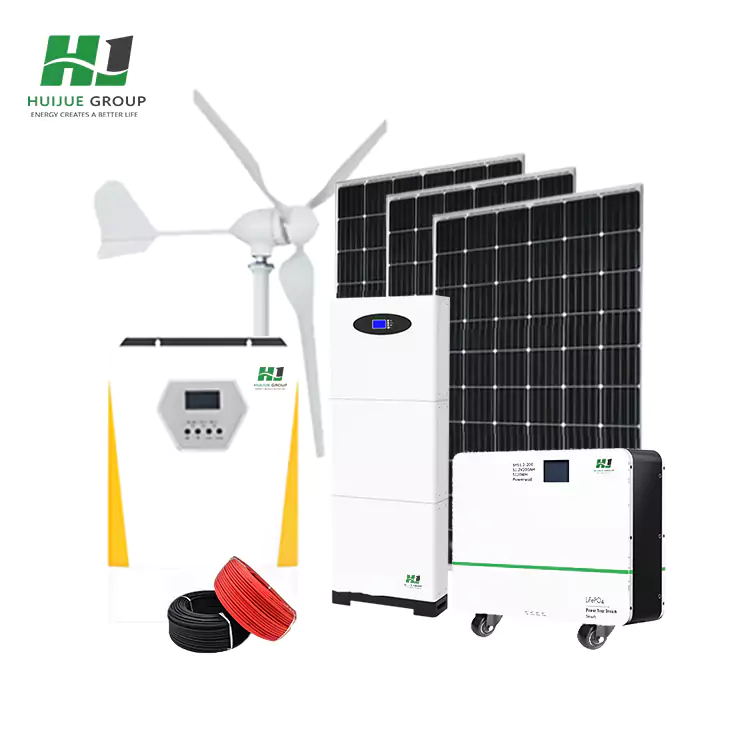
The Fundamentals: Power vs. Capacity in BESS Revisited
At the core of BESS lies a delicate dance between two fundamental metrics: power and capacity. Power, measured in kilowatts (kW), is the maximum rate at which energy can be either discharged to meet demand or charged from renewable sources. It determines the system's responsiveness and ability to handle sudden changes in energy requirements. Capacity, on the other hand, quantified in kilowatt-hours (kWh), represents the total amount of energy that can be stored and subsequently released over time. This metric is crucial for ensuring continuous energy supply during periods of low generation or high demand.
Exploring the Correlation: A Deeper Dive
Trade-off Dynamics: The misconception that higher power automatically equates to greater capacity persists, but the reality is more nuanced. High-power Smart BESS, designed for rapid charge/discharge cycles, excel in applications requiring instantaneous energy delivery, such as frequency regulation and load leveling. However, their pursuit of peak performance often comes at the cost of reduced overall energy storage capacity. Conversely, systems optimized for large capacities prioritize long-duration storage, making them ideal for baseload power support and off-grid applications.
Application-Specific Needs: Determining the optimal balance between power and capacity necessitates a thorough understanding of the intended application. Utility-scale BESS, for instance, must strike a delicate balance between high power for grid stability and sufficient capacity to manage peak demand periods. Residential and commercial BESS, on the other hand, might prioritize capacity to ensure reliable backup power during outages, while still maintaining sufficient power to meet essential loads.
Efficiency Considerations: The efficiency of energy conversion during charging and discharging is a critical factor influencing both power and capacity utilization. High-power operations can generate significant heat, leading to potential energy losses and reduced overall system efficiency. Advanced thermal management systems and efficient battery chemistries are essential for mitigating these effects and maximizing the value of BESS investments.
Addressing Key Questions with Insights
How do I determine the right balance for my BESS?
Start by conducting a comprehensive energy audit to assess your peak power requirements, total energy storage targets, and operational constraints. Consult with industry experts who can provide tailored solutions that align with your specific application, budget, and long-term goals.
Can I upgrade the power or capacity of my existing BESS?
The feasibility of upgrading an existing BESS depends on various factors, including system design, available space, and cost-benefit analysis. While some systems may support modular upgrades, others may require complete replacements. Carefully consider the long-term benefits, including increased resilience and cost savings, against the upfront costs and logistical challenges before making a decision.
What are the latest advancements in BESS technology?
The BESS landscape is constantly evolving, with advancements in battery chemistry, system integration, and digitalization leading the way. Solid-state batteries promise higher energy densities, faster charging rates, and improved safety. Lithium-ion batteries continue to see improvements in cost, performance, and recyclability. Additionally, advancements in software and control systems are enabling more intelligent energy management, optimizing power and capacity utilization in real-time.
Conclusion: Navigating the Future of BESS
Navigating the intricate relationship between power and capacity in Battery Energy Storage Systems is a dynamic process that requires ongoing learning and adaptation. By staying informed about the latest technological advancements, assessing application-specific requirements, and understanding the trade-offs between power and capacity, decision-makers can make informed investments that maximize the value of BESS in supporting the transition to a more sustainable and resilient energy future. As the renewable energy landscape continues to evolve, mastering this delicate balance will become increasingly important in ensuring the reliability, efficiency, and affordability of our energy systems.



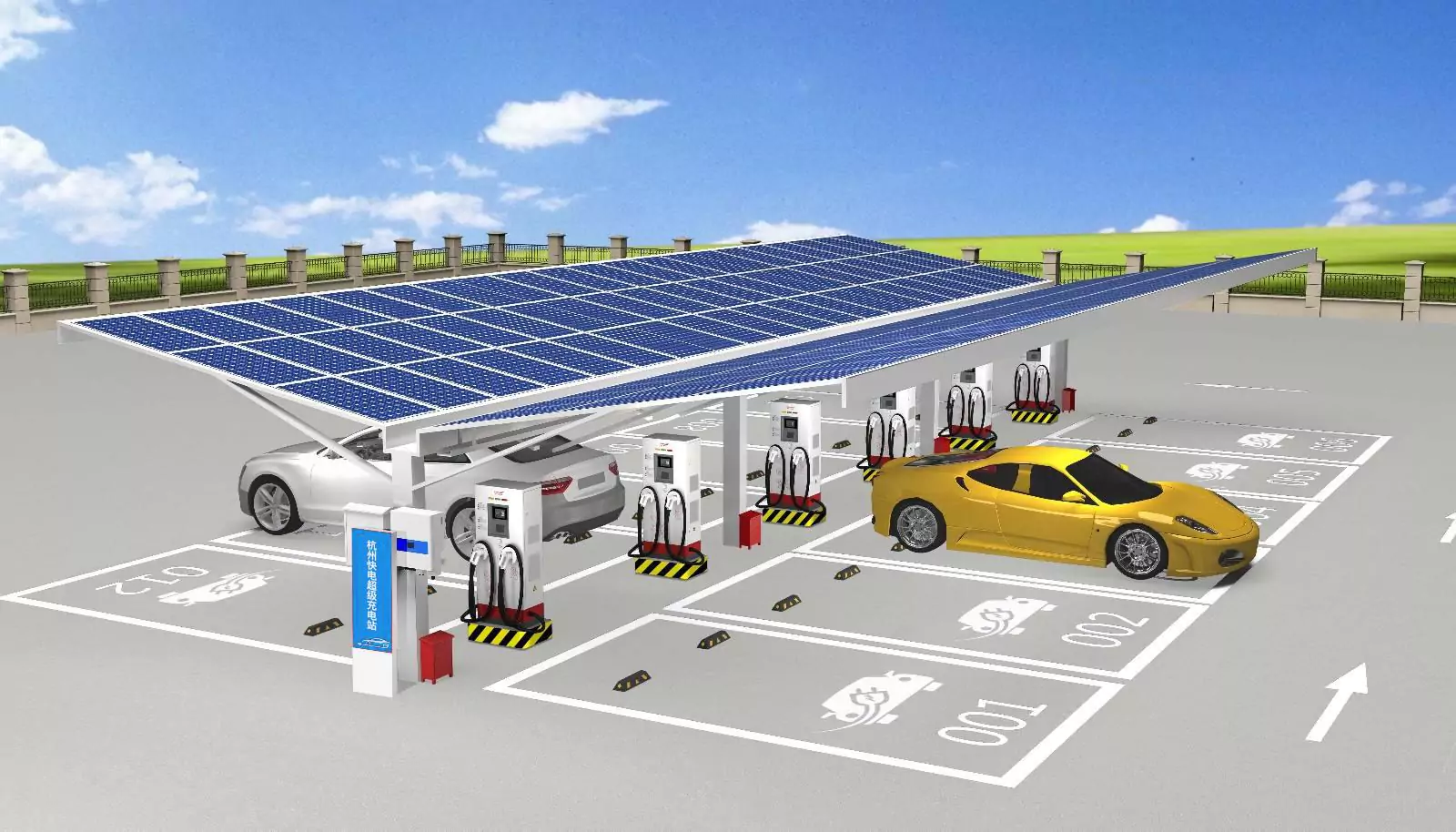



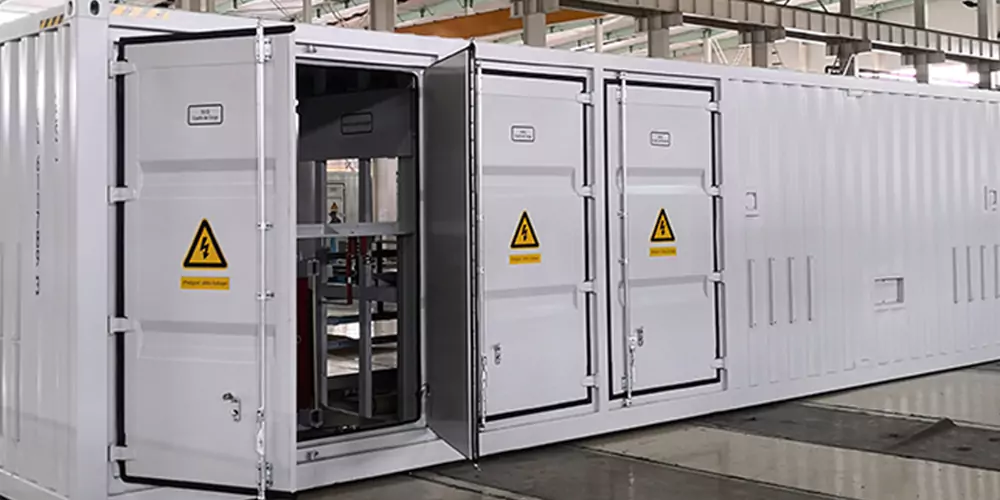


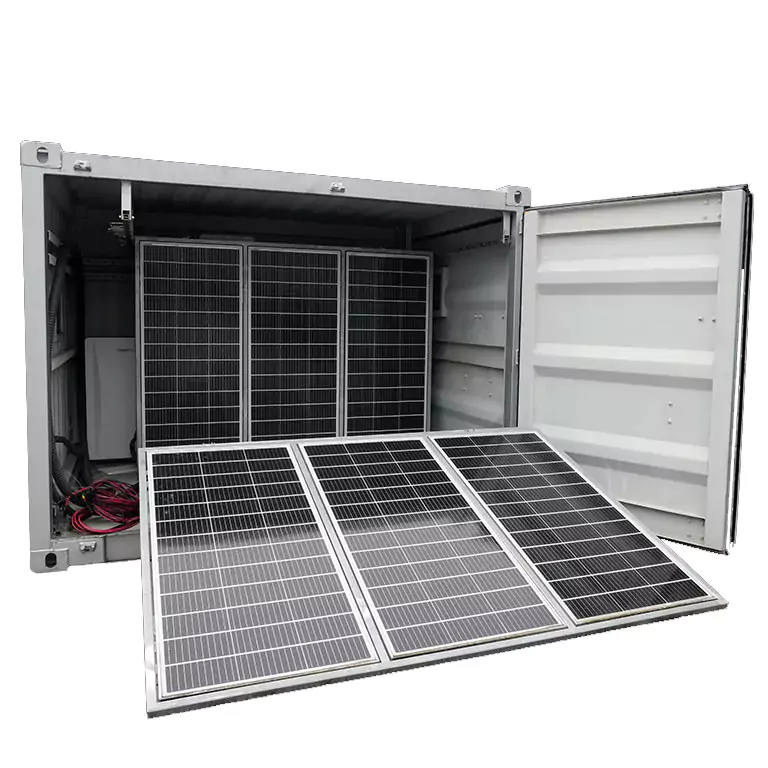

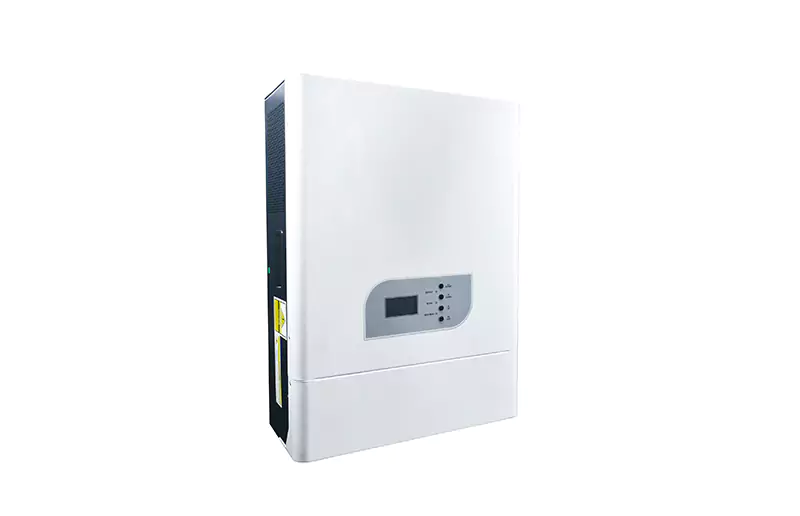
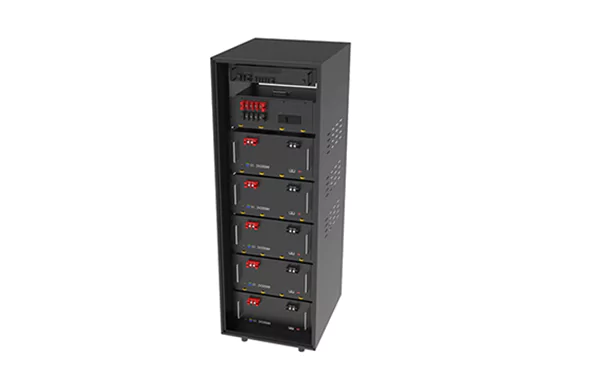
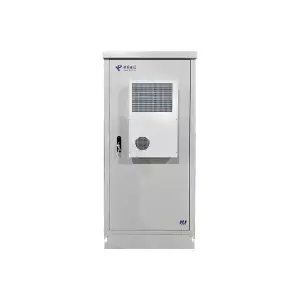
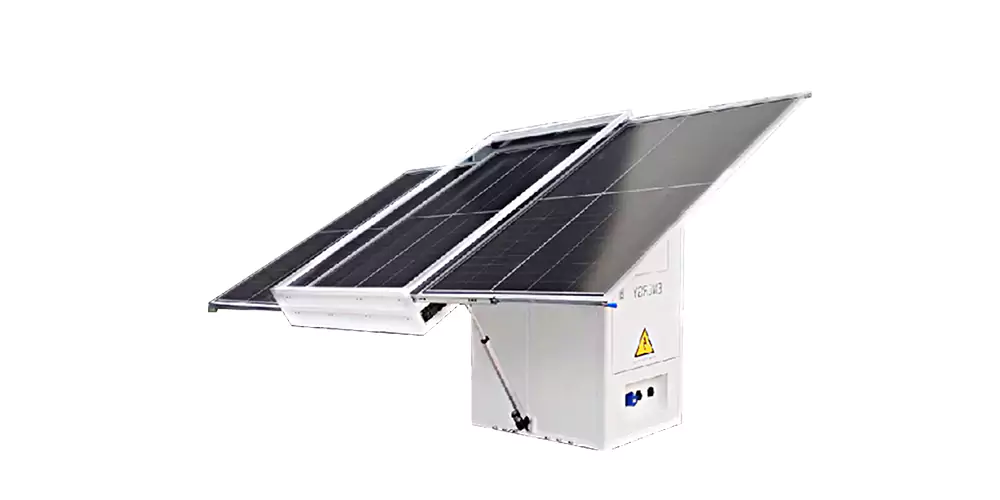
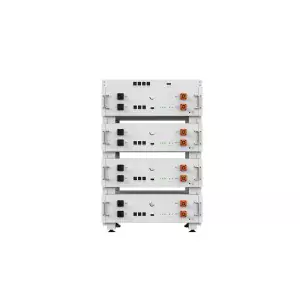
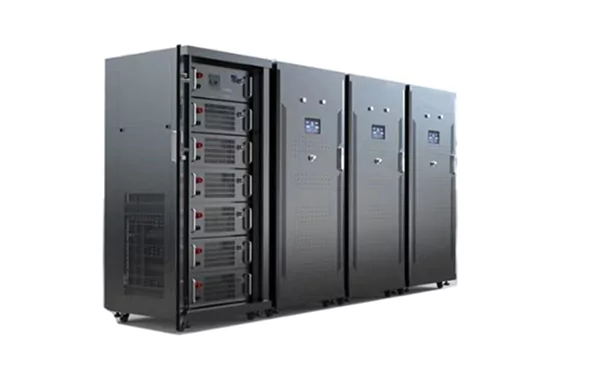
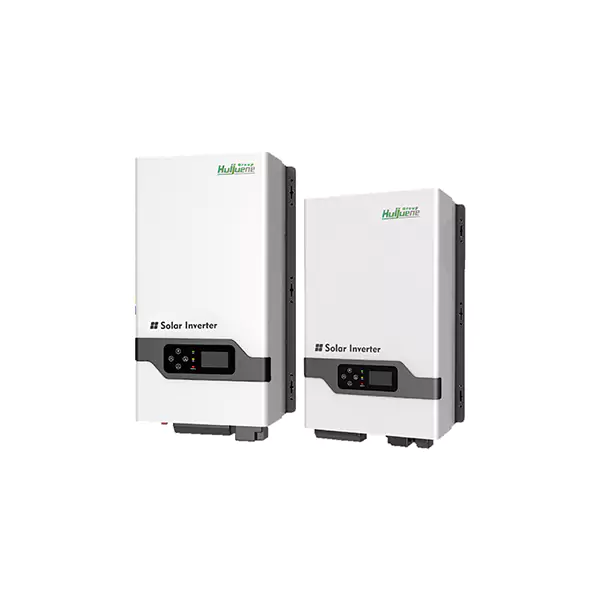
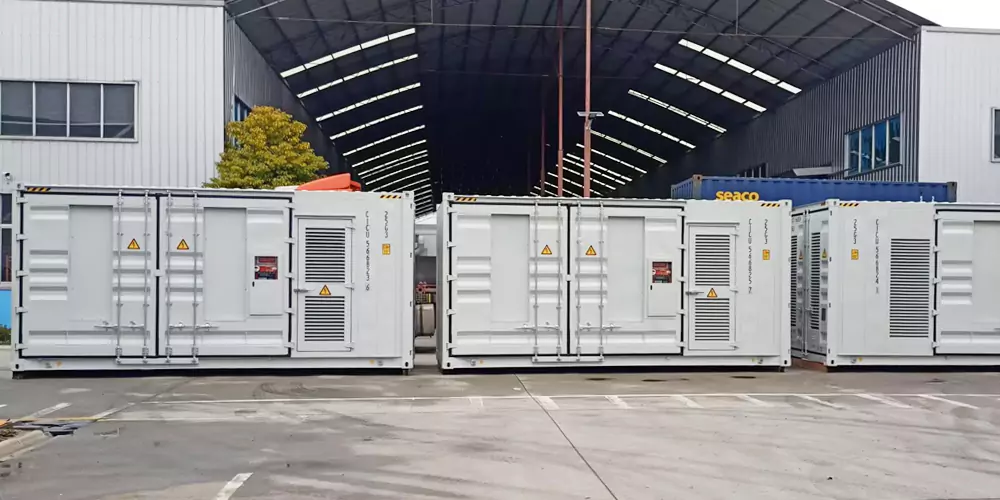
 Inquiry
Inquiry Online Chat
Online Chat